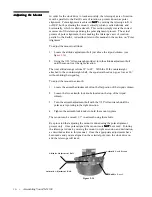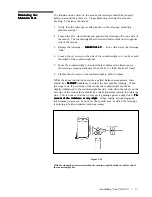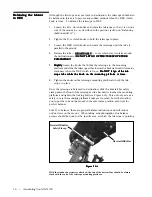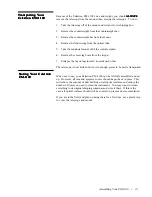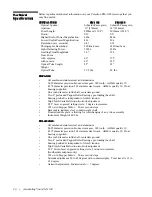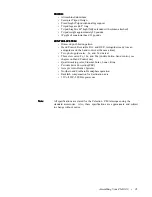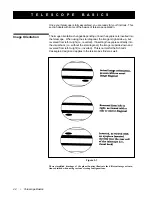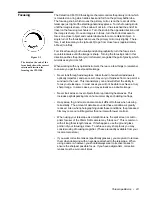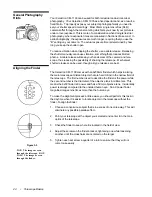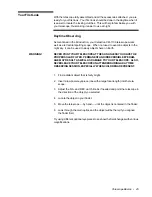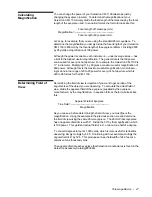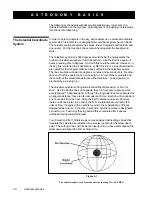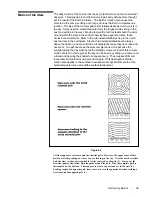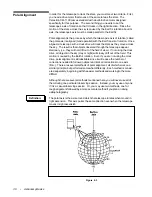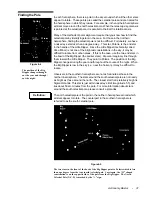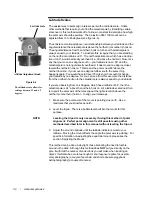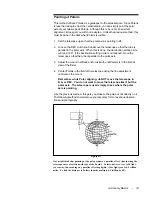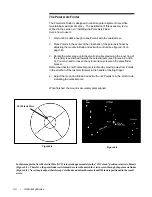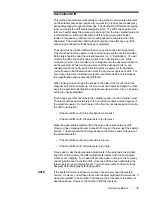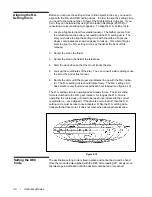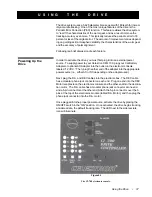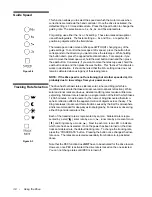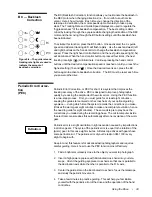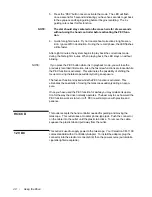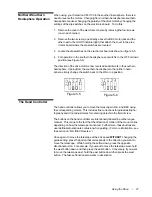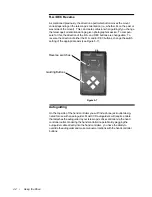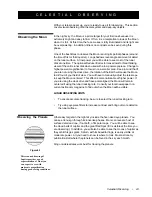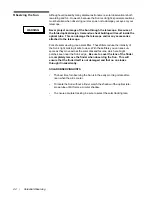
30 • Astronomy Basics
In order for the telescope to track the stars, you must meet two criteria. First,
you need a drive motor that moves at the same rate as the stars. The
Celestron CM-1100 comes standard with a built-in drive motor designed
specifically for this purpose. The second thing you need is to set the
telescope’s axis of rotation so that it tracks in the right direction. Since the
motion of the stars across the sky is caused by the Earth’s rotation about its
axis, the telescope’s axis must be made parallel to the Earth’s.
Polar alignment is the process by which the telescope’s axis of rotation (called
the polar axis) is aligned (made parallel) with the Earth’s axis of rotation. Once
aligned, a telescope with a clock drive will track the stars as they move across
the sky. The result is that objects observed through the telescope appear
stationary (i.e., they will not drift out of the field of view). If not using the clock
drive, all objects in the sky (day or night) will slowly drift out of the field. This
motion is caused by the Earth’s rotation. Even if you are not using the clock
drive, polar alignment is still desirable since it will reduce the number of
corrections needed to follow an object and limit all corrections to one axis
(R.A.). There are several methods of polar alignment, all of which work on a
similar principle, but performed somewhat differently. Each method is consid-
ered separately, beginning with the easier methods and working to the more
difficult.
Although there are several methods mentioned here, you will never use all of
them during one particular observing session. Instead, you may use only one
if it is a casual observing session. Or, you may use two methods, one for
rough alignment followed by a more accurate method if you plan on doing
astrophotography.
Definition:
The polar axis is the axis around which the telescope rotates when moved in
right ascension. This axis points the same direction even when the telescope
moves in right ascension.
Figure 4-3
Polar Alignment

